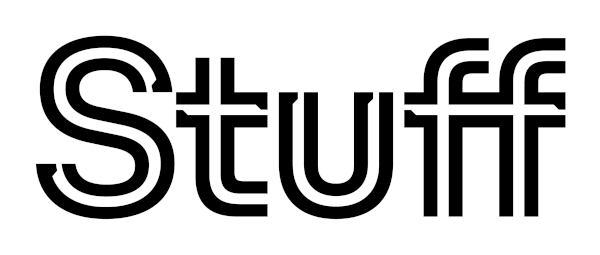
The remains of 64 Māori and Moriori ancestors were returned to Te Papa last year. Photo: Te Papa
The remains of more than 100 Māori and Moriori are returning to Aotearoa New Zealand this week from Germany.
Alongside six toi moko (Māori mummified tattooed heads), 95 koiwi tangata (Māori skeletal remains) and kōimi t'chakat Moriori (Moriori skeletal remains) and other taonga Māori were repatriated from seven German institutions, including the Stuttgart State Museum of Natural History and the Georg August University in Göttingen.
The remains had already been handed over during ceremonies across Germany in May and early June, and a private pōwhiri will be held at Te Papa on Wednesday to mark their return.
Te Papa's haihautū (Māori co-leader) Dr Arapata Hakiwai said the work to repatriate tūpuna from Germany was "not easy" but it reflected the strong ties between Germany and New Zealand.
"The connection to our tūpuna is continuous, despite time and location, and it is our responsibility and obligation to reunite them with their people and whenua," he said.
The museum's head of repatriation Te Herekiekie Haerehuka Herewini said a repatriation of this size could only happen by working together across the museum sector, government institutions and with Māori and Moriori.
"Our colleagues from these German institutions have shown significant respect and understanding towards Aotearoa New Zealand, Māori and Moriori, and demonstrated a strong sense of doing the right thing."
Germany was one of the first countries to begin the repatriation of Māori and Moriori ancestral remains, with more than 150 ancestors returned from Hamburg, Bremen, Frankfurt, Cologne and Berlin since 1991.
The Natural History Museum in Vienna, Austria, also returned the remains of 64 ancestors last year - 49 of them were taken by the notorious Austrian grave robber Andreas Reischek between 1877 and 1889.
* This story originally appeared on Stuff.co.nz






